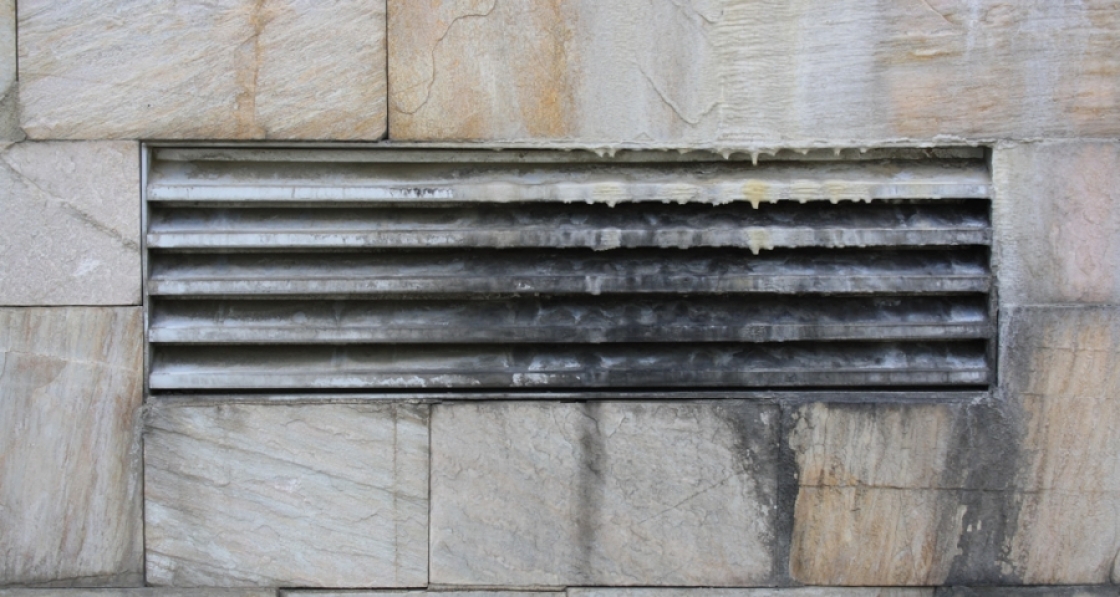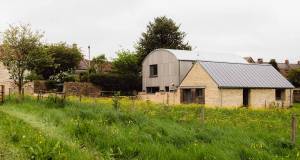
- Ventilation
- Posted
Flaw in NSAI retrofit code raises ventilation concerns
This article was originally published in issue 20 of Passive House Plus magazine. Want immediate access to all back issues and exclusive extra content? Click here to subscribe for as little as €10, or click here to receive the next issue free of charge
Table 27 in the document indicates that ‘natural ventilation with intermittent extract fans’ — the most common approach to ventilation in Irish homes — is not acceptable in housing with air permeability lower than 5m3/hr/m2.
Ventilation experts believe this form of ventilation is unlikely to provide sufficient year-round ventilation in small, airtight homes. Lack of ventilation is known to contribute to poor indoor air quality, dampness and mould.
However, section 10.2.2 of the code then goes on to give guidance on how to provide this type of ventilation in homes with air permeability lower than 5m3/hr/m2, contradicting the guidance in table 27.
When Passive House Plus raised this issue with the NSAI, a spokesperson responded: “This is a useful comment and it will be fully considered and debated when the document is reviewed next by the SR 54 committee.”
It comes at a time when SR 54 is guiding much government-funded retrofit in Ireland, including schemes administered by the Sustainable Energy Authority of Ireland (SEAI).
A spokesperson for SEAI said that SR 54 sets out “best practice technical guidance in the design and installation of retrofit measures”, and pointed out that it was developed by two government departments, SEAI and NSAI, along with technical guidance from world-leading building science centre BRE.
SEAI said its retrofit programmes fully adheres to the guidance in SR 54, and that because retrofit work to homes under “traditional schemes” does not target advanced levels of airtightness, the provision of natural ventilation in such cases is fully compliant with the code.
However, to date such homes have typically not been airtightness-tested, and some evidence suggests a proportion will have air permeability lower than 5m3/hr/m2 even before retrofit is carried out.
Responding to questions about its Warmth & Wellbeing scheme, which targets Dublin homes experiencing fuel poverty and respiratory illness, SEAI said that because the programme implements “deeper retrofits”, all participating homes will be subject to air pressure tests “to ensure the adequacy of ventilation following upgrade”.
However, this raises questions about what remedial measures will be taken if a naturally ventilated home is found to have air permeability lower than 5m3/hr/m2 postretrofit. Meanwhile, SEAI has told Passive House Plus that it plans to commence a pilot deeper retrofit programme later this year, though no further details were available at the time of going to press.
The agency’s Better Energy Communities programme, which supports community energy efficiency projects, has made 15% additional funding available in 2017 for homes that undergo deep retrofit and undertake airtightness work along with the installation of mechanical ventilation with heat recovery (MVHR) or demandcontrolled ventilation (DCV).




